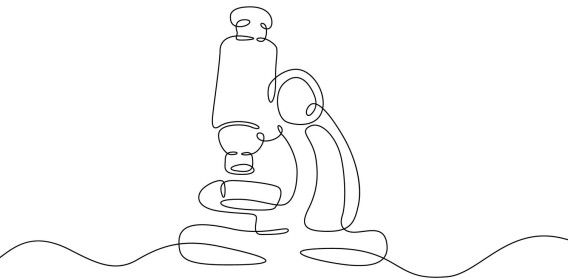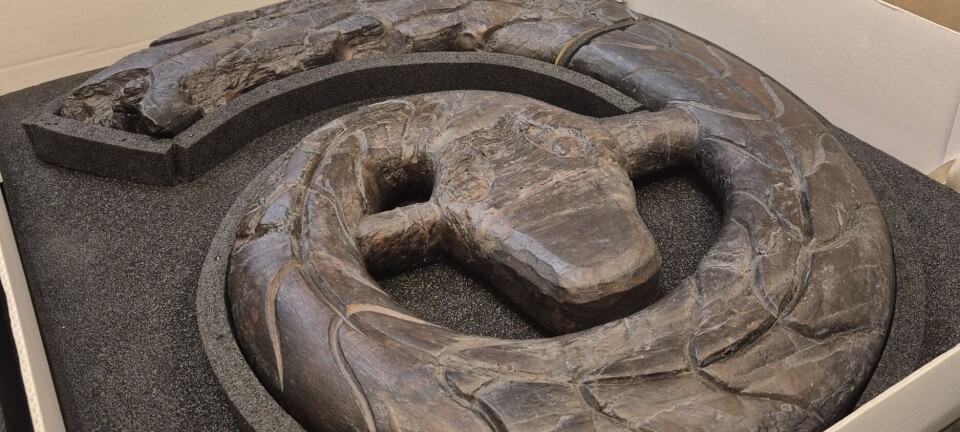Today the 1,200-year-old Oseberg Viking ship is relocated
On Wednesday, September 10, the ship will be moved to the new Museum of the Viking Age. This marks the start of a massive effort to save Norway's ancient Viking ships from decay.

At the centre of one of the most complex relocations in Norwegian history is the Oseberg Ship – the crown jewel of Norwegian Viking heritage.
The Oseberg ship will be moved 100 meters over approximately 12 hours on Wednesday: From the old to the new part of the Museum of the Viking Age on Bygdøy, according to Norwegian news agency NTB.
"I actually think it's quite moving to think that it's now setting out on its final voyage," director Aud V. Tønnessen of the Museum of the Viking Age tells NTB.
Into a new museum
The old Viking Ship Museum closed its doors in 2021. The new Museum of the Viking Age has been built right next to the old one.
Most viewed
The fragile ship will be moved for the first time in 99 years.
"The ship’s last voyage was originally its burial. Then it was excavated, moved to the university gardens in central Oslo, and later out to Bygdøy, where it has stood ever since," says Tønnessen.
"Now it will be a historic move. This is a ship that has been through so much and carries a legacy that still gives me chills to think about," she adds.
The move has been carefully planned for ten years. The new building, now structurally complete, was designed specifically to enable this highly complex operation. The circumstances were quite different the last time the Viking ships were moved.
"There's always some risk"
"At that time, their condition was better, and they were moved in ways that today would be completely unthinkable. By tractor, on rails, and on a raft," says Tønnessen.
This time, the Oseberg Ship will be lifted into a large, vibration-protected box. A crane track in the ceiling, supported by enormous steel rigs, will transport the ship along the approximately 100-metre route. The 'voyage' will move only a few centimetres per minute until the ship is lowered into its final harbour. Thorough tests have been carried out beforehand.

"But no matter how much testing we do, there will always be some risk," says the museum director, adding that the move is surrounded by great anticipation.
On Wednesday evening, the Oseberg Ship will be lowered to its final location.
You can read more about how the move will be carried out in this article on Science Norway:
"Would have ended in collapse"
Keeping the ships in the old museum would have posed an even greater danger. For years, researchers have warned about their worsening condition and deterioration.
Without the move, the museum might have been forced to close its doors to safeguard the ships, says Tønnessen.
The old museum was originally intended for around 40,000 visitors a year – but towards the end, it had nearly 600,000 annual visitors.
"There strain was enormous – from the moisture people give off through breathing, and of course vibrations from so many people trampling around the ships," she says.
"Cracks are visible in the ships, and they're starting to sag. It would eventually have ended in collapse. Now they're coming into a climate-controlled building, where they will also be protected from vibrations," she adds.

Opening in 2027
One by one, the other ships will also go through similar relocation processes. The Gokstad Ship is scheduled to be moved by November, and the Tune Ship at the end of May next year. By then, the fragile Viking sleds will also be in place.
It will take nine months to bring the most fragile Viking treasures indoors. Afterwards, around 5,000 Viking artefacts will be brought in to join the ships in telling the story of the Norwegian Viking Age. The museum is scheduled to open in 2027.
"Will there be celebrations along the way when the various moves have gone well and people can breathe a sigh of relief?"
"I think there will be many. There’s a sense of calm because the work has been so thorough and so many tests carried out. We’ve been preparing for 10–15 years, alongside Statsbygg and the contractors. I think there will be both cake and bubbles – we will celebrate each milestone. And there is good reason for that," says Tønnessen.
———
Translated by Alette Bjordal Gjellesvik
Read the Norwegian version of this article on forskning.no
Related content:

Subscribe to our newsletter
The latest news from Science Norway, sent twice a week and completely free.



























































